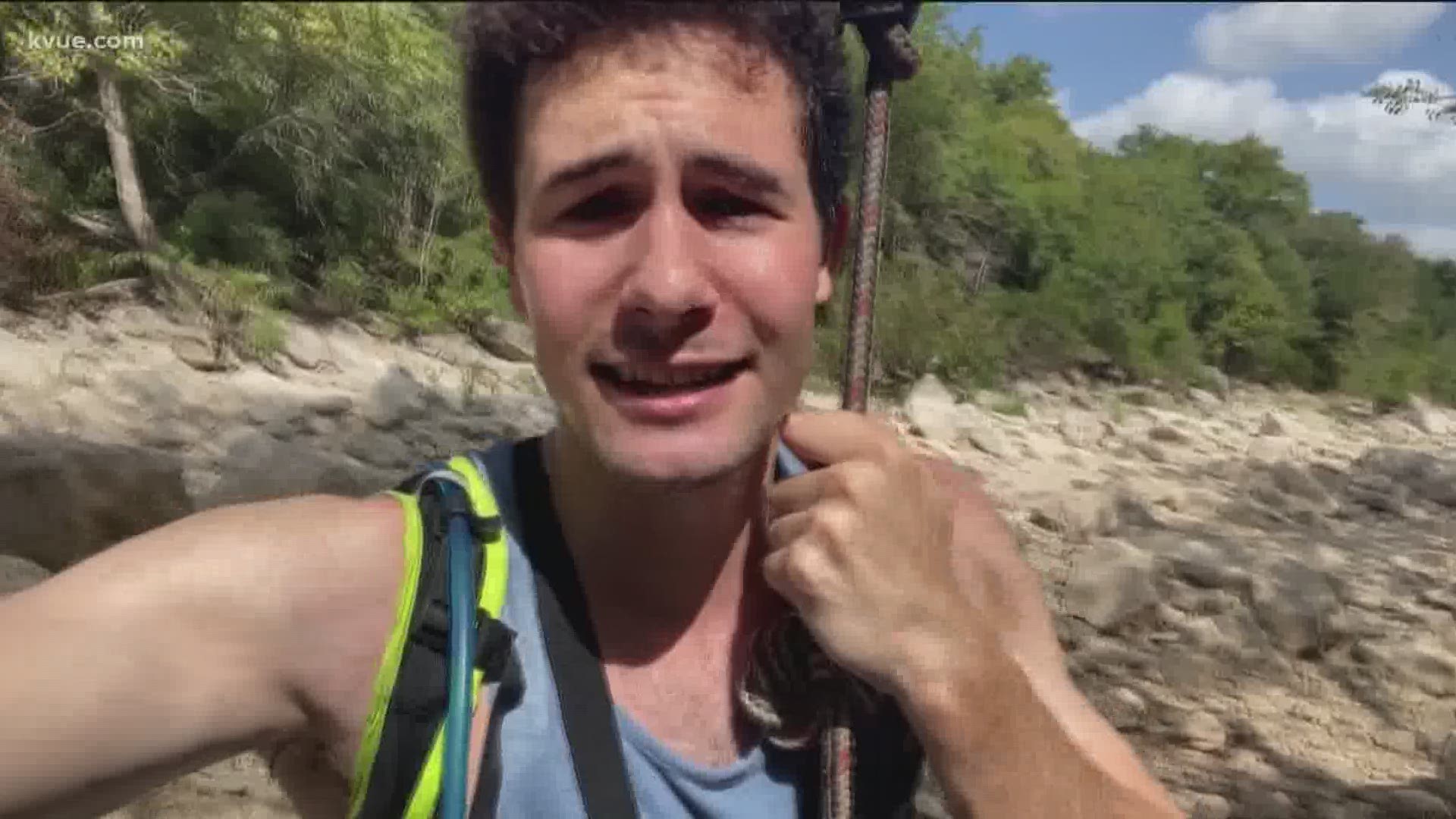(CultureMap) Imagine a 100-mile network of trails for hiking and biking that runs from the Texas Capitol in Austin to the Alamo in San Antonio, connecting along the way to Barton, San Marcos, Comal, and San Antonio springs. This is the vision of the Great Springs Project, launched in 2018 and currently working on a master plan to make it a reality.
The route will create a corridor of protected lands over the Edwards Aquifer recharge zone, which feeds all four of these significant springs.
“Our board president and co-founder, Deborah Morin, had the idea and vision 25 years ago,” says Emma Lindrose-Siegel, the organization’s chief development officer. “Around 2017, she realized that with the area growing so fast and things getting so much more expensive, we needed to act now.”
The overall mission is to protect and connect the springs, says CEO Garry Merritt. “People come to the Hill Country to connect with nature. We have a mission to use market-based transactions to protect the four major springs between San Antonio and Austin and connect those springs with a network of trails.”
Great Springs hired Alta Planning + Design to create a trail master plan, scheduled to be completed in summer or early fall 2021. Alta has worked on a number of major trails, including projects in Oregon, Kentucky, New Mexico, Tennessee, and New York. The process will involve extensive stakeholder engagement, as well as identification of the parcels of land needed.
The group — which includes Whole Foods founder John Mackey and star architect Ted Flato among its board members — aims to partner with other area nonprofits, city and county government, and Edwards Aquifer authorities. The idea is to complement efforts already underway, such as Austin’s Violet Crown Trail, and support trail creation and maintenance throughout the region.
“We are the holders of the vision, but the work is being done by local groups that have their own trails and work for their communities,” Merritt says. “Our job is to support those local projects and figure out how to connect them.”
“Because there is so much growth in the area, we have to act now or we will lose the opportunity to protect lands over the recharge zones and aquifer,” Lindrose-Siegel says.
The organization received a grant from the National Parks Service to help with community planning and technical assistance for the master planning process. Merritt says plans will rely on science and data from a variety of groups, including the Meadows Center for Water and the Environment in San Marcos and Barton Springs managers, to identify properties and find ways to protect or conserve them to in turn protect the springs.
“Outdoor recreation spaces are vital to communities and the need for access is greater than ever,” Merritt says. “People see parks and greenway projects as important parts of a community. When you ask people what they want in their community, having access to the outdoors is always one of the top two or three things. People want parks, open space and trails.” If all goes according to plan, by 2036, they’ll have 100 more miles of it.
This article originally appeared in CultureMap.
PEOPLE ARE ALSO READING:

